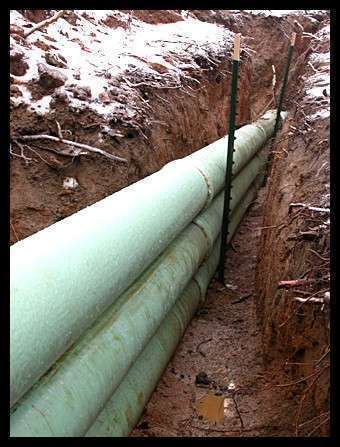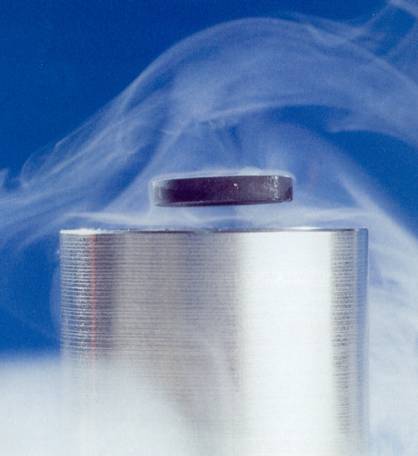Earth cooling tubes present an alternative for controlling temperature within residential and office buildings as well as greenhouses and other structures requiring temperature regulation. These tubes run underground and alter air’s cooling or heating temperature before it is allowed into a home or office. En route, the air releases its heat to the surrounding soil so it becomes cool air when it reaches its target structure. If the soil surrounding the tubes is warmer than the air within, the air acquires heat so it becomes warm air when it reaches its target.
Specifications and Location
Earth tubes are meant for underground construction so they must be strong enough to endure pressure and they must be resistant to corrosion as well. Plastic and metal are the most commonly used tube materials.
Earth tubes are usually long (the longer the air travels, the more it can be cooled or warmed) and their diameter varies on a case-to-case basis, but is usually within 1 ft to 1.5 ft range.
The depth of earth tubes depend on the desired temperatures. The type of soil in the area also affects achievable temperatures. A state of equilibrium should be targeted when deciding how deep to bury the tubes. Too shallow and the cooling effect may not be worth the cost of installation. Too deep and the whole system may suffer from structural instability. Furthermore, the depth should have soil that is warmer than the air on the surface during cold seasons and cooler than the air on the surface during hot seasons.
Types of Earth Tube Cooling Systems
There are three common earth tube cooling system designs: open, closed and combination.
The open design
The open type design is one where there is one or more connected earth tubes which open up to the yard on one end (somewhere preferably cool) and goes direct to the home’s or the target building’s basement on the other end. The opening from the yard draws a supply of fresh air which travels within the tubes gets cooled and enters the into the building on the other end.
The closed loop design
The closed loop design is where the air is actually drawn out of the home, travels within the looped tubes for cooling and enters the home again through the other tube opening. This type of earth tube cooling system has fewer issues when it comes to air humidity which is the main problem of the open system.
The combination design
Finally, the combination design lets air in from the outside, but only enough of it as to compensate for air that has escaped the home or building system. The rest of the air is also drawn out and looped back in after cooling (or warming).
Issues
This system will not work in very humid or very warm places. Furthermore, there are concerns about mold and fungi infestation (within the tubes) which could lead to respiratory problems. Bugs and vermin may also find their way into the building through the open tubes.




Bwayne
this website is a waste of time, all fluff and no facts.
melissa keller-tuberg
hello,
I have been using this website for my science assignment – it has been very useful – but it doesnt seem to have some the information that I will need to include in my bibliography. If you could please send me the author of this page: http://www.tech-faq.com/earth-cooling-tubes.html it would be very appreciated.
thankyou for the wonderful website!